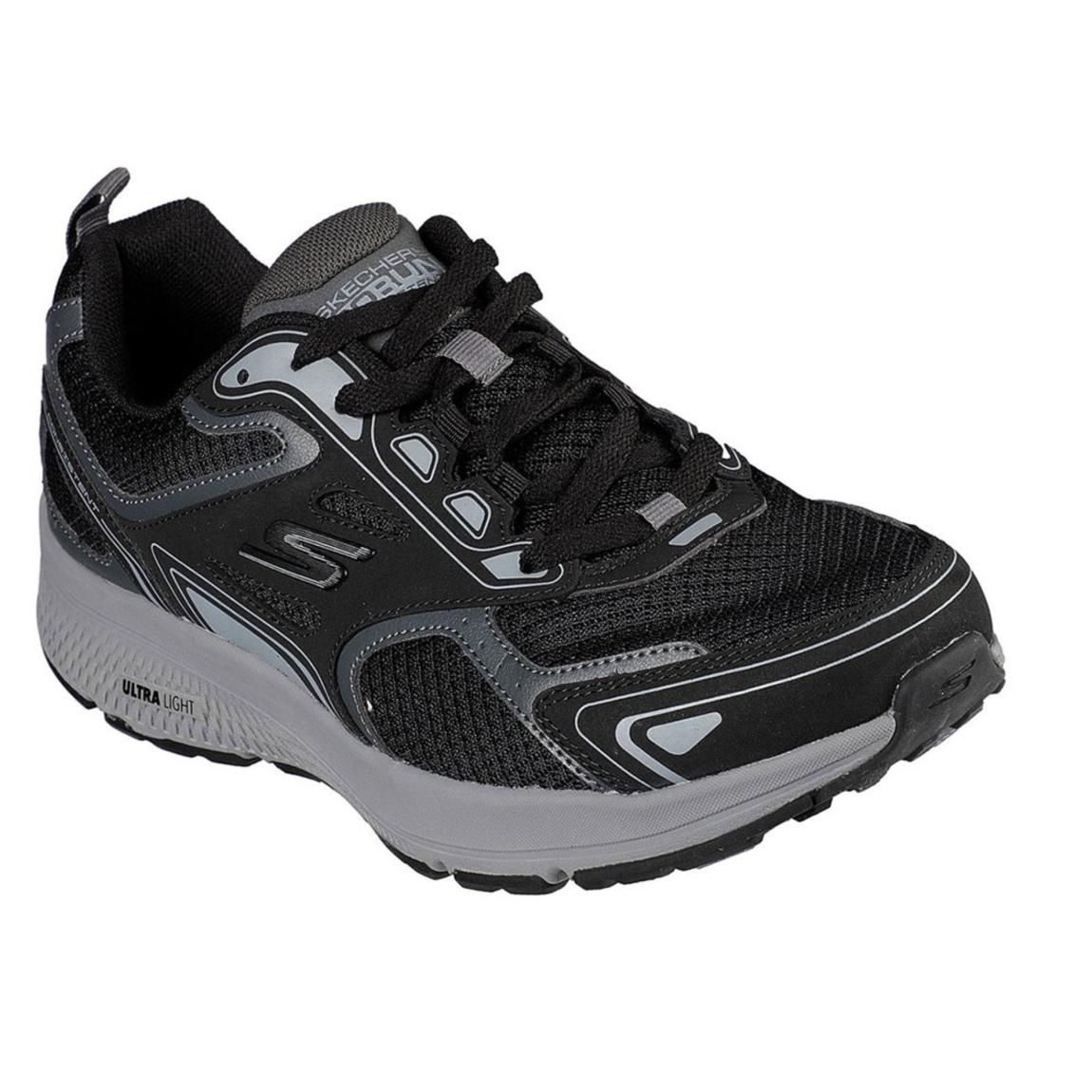What Are the Key Factors to Consider When Choosing Running Shoes for Different Activities?
Running is a popular and accessible form of exercise that offers numerous health benefits. However, choosing the right running shoes is crucial to ensure comfort, performance, and injury prevention. With a wide range of running shoes available, it can be overwhelming to navigate the options. This article explores the key factors to consider when selecting running shoes for different activities.

I. Key Factors To Consider:
1. Activity-Specific Needs:
The type of running activity you engage in plays a significant role in determining the ideal running shoes. Consider the following:
- Road Running: Prioritize cushioning, stability, and durability for paved surfaces.
- Trail Running: Focus on traction, support, and protection for uneven terrain.
- Track Running: Emphasize lightweight, flexibility, and responsiveness for speed and performance.
- Cross-Training: Seek versatility and all-around performance for various activities.
2. Running Style:
Your running style influences the type of running shoes you need. Consider the following:
- Pronation: Determine your pronation pattern (neutral, overpronation, or underpronation) to select shoes with appropriate support features.
- Foot Strike: Consider your foot strike (heel strike, midfoot strike, or forefoot strike) to choose shoes with suitable cushioning and flexibility.
3. Shoe Features:

Pay attention to the following shoe features to ensure optimal performance and comfort:
- Cushioning: Look for shoes with adequate cushioning to absorb impact and provide energy return.
- Support: Choose shoes with stability features if you overpronate or underpronate. Arch support and a heel counter are also important.
- Fit: Ensure proper sizing and width to avoid discomfort and injuries. The shoes should fit snugly without pinching or excessive space.
- Flexibility and Responsiveness: Opt for shoes with flexibility to allow natural foot movement and responsiveness for energy return and propulsion.
- Traction and Grip: Consider the tread design and material for different surfaces. Aggressive lugs are beneficial for trails and slippery conditions.
4. Additional Considerations:
In addition to the key factors mentioned above, consider the following:
- Weight: Lighter shoes enhance speed and agility, while heavier shoes provide stability and support.
- Durability: Choose shoes with durable construction and materials to ensure long-lasting performance. Reinforced areas for high-wear zones are beneficial.
- Aesthetics: Personal preference and style play a role in choosing running shoes. Consider color, design, and branding.
II. Choosing The Right Shoes For Specific Activities:

Based on the factors discussed above, here are recommendations for choosing running shoes for specific activities:
1. Road Running:
Prioritize cushioning, stability, and durability. Neutral or stability shoes are suitable for most runners.
2. Trail Running:
Focus on traction, support, and protection. Choose trail-specific shoes with aggressive lugs and rock plates.
3. Track Running:
Emphasize lightweight, flexibility, and responsiveness. Racing flats or spikes are ideal for speed and performance.
4. Cross-Training:
Seek versatility and all-around performance. Choose shoes designed for multiple activities.
Choosing the right running shoes is crucial for comfort, performance, and injury prevention. Consider the key factors discussed in this article, including activity-specific needs, running style, shoe features, and additional considerations. It is advisable to seek expert advice and try on shoes before purchasing to ensure a proper fit. Regularly replace your running shoes to maintain performance and prevent injuries.
YesNo

Leave a Reply